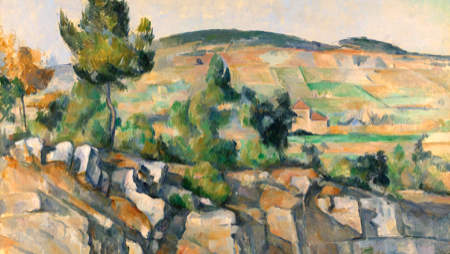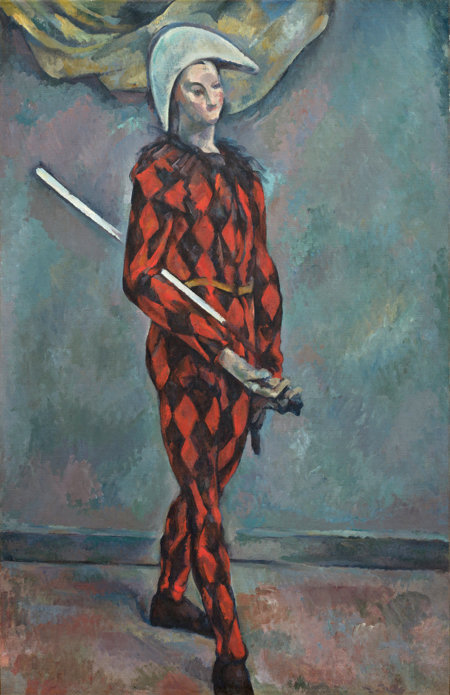Paul Cézanne: The Life of an Artist
The film of his life – art history for everyone





Paul Cézanne
Brief Biography
Paul Cézanne was born on the 19th of January 1839 in Aix en Provence in France, the eldest of three children. Cézanne’s father was an authoritarian figure, unlike his son, who was indecisive and lacked self-confidence. In 1852 Cézanne entered the Collège Bourbon in Aix (now Collège Mignet), where he became friends with Émile Zola, the writer. Cézanne enrolled in the law faculty of the University of Aix-en-Provence in 1859 on the insistence of his father and stayed for two years. During this time, he took evening classes in art.
During 1863 and 1864 Cézanne worked regularly at the Academy Suisse in Paris where he met Renoir, Monet and Sisley. He applied to the prestigious Ecole des Beaux Art but was rejected because they felt his paintings were overworked. In 1869 he met Hortense Fiquet, a 19-year-old bookbinder, who would become his lover. Camille Pissarro advised him to remove dark colours from his palette, not to paint with black, but only with the three primary colours and their derivatives.
Cézanne took his advice, and the creation of his dark expressive, intuitive paintings came to an end. The first exhibition of the Impressionists was held at the photographer Nadar’s studio in 1874, Cézanne showed three paintings. Monet was not impressed and described Cézanne, ‘as a bricklayer who paints with a trowel’. Two years later Cézanne showed 16 paintings at the third Impressionist exhibition, but after a hail of criticism decided not show with the Impressionists again. Cézanne rejected the Impressionist theories of light, he wasn’t interested in momentary light effects and reflections, they were of secondary importance to him. His goal was to make things look permanent and solid, he achieved this by creating a balanced composition, the result of careful calculation, reflection and logic.
In 1897, a Cézanne painting was purchased by a museum for the first time. Later in 1899, at the insistence of his sister, he sold the now deserted family home “Jas de Bouffan” and moved into a small apartment at 23, Rue Boulegon in Aix-en-Provence. He hired a housekeeper, Mme Bremond, who looked after him until his death on the 22nd of October 1906. He died of pneumonia and was buried at the San Pierre cemetery in Aix en Provence.
